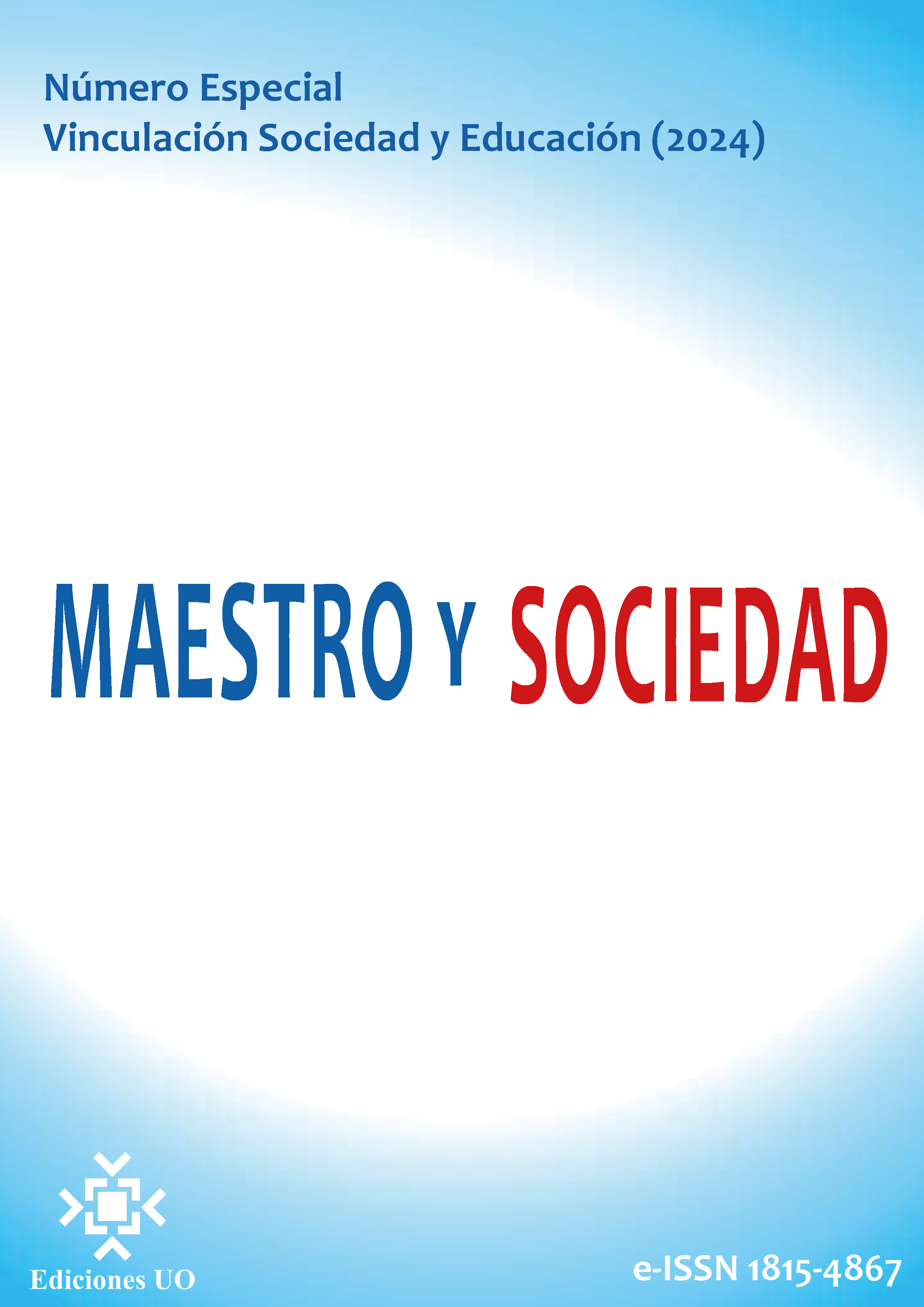The Life Improvement Approach as a self-management tool for sustainable community development in Asunción Nochixtlán, Oaxaca
Keywords:
Life Improvement Approach (LME), seikatsu kaizen, extensionism, self-managementAbstract
Introduction: The life improvement movement (EMV) emerged after World War II in rural Japan, which allowed the country's economic development to improve. With the methodology of the life improvement approach (Seikatsu Kaizen), the rural population of Japan changed the vision of accepting the conditions their country was going through. Materials and methods: This research proposes to resume this methodology in three communities of the municipality of Asunción Nochixtlán, Oaxaca, as an alternative model that helps develop self-management capabilities, allowing the population competitiveness and access to educational and organizational innovations by incorporating these actions in your life, with the aim of identifying and addressing your individual and group needs. Results: The government trained people in this life improvement approach, from public health nurses and nutrition experts to address the health and nutrition problems of the rural population of Japan. Extension workers were trained, the foundations of teamwork, collective consciousness and personal motivation were established, so producers decided to manage and plan their own activities, which is why the life improvement movement was successful. Discussion: In this sense, Mexico received support from Japan to train public officials on the topic of Life Improvement, with the task of carrying out actions to implement and operate said EMV. The Government of Mexico carried out training for families with the objective of appropriating the methodology, as well as managing and operating their own projects. Conclusions: Many rural communities have been forgotten not only by the actions of the government but also by their own members, associated with the imposition of projects that have not had the expected results due to the statistics of each administration.
References
Diario Oficial de la Federación. (2013a). Plan Nacional de Desarrollo 2013-2018. Secretaría de Gobernación. http://www.dof.gob.mx/nota_detalle.php?codigo=5299465&fecha=20/05/2013.
Diario Oficial de la Federación. ( 2013b). Programa Sectorial de Desarrollo Agropecuario, Pesquero y Alimentario 2013-2018. Secretaría de Gobernación. http://www.dof.gob.mx/nota_detalle.php?codigo=5326584&fecha=13/12/2013
JICA. (2006). Modulo 0: Introducción al enfoque de mejoramiento de vida “Kaizen”. Hacia el Desarrollo Rural de la postguerra de Japón. En textbook, Contenido de Cooperación Técnica. Desarrollo de Comunidad Rural mediante el Enfoque del Mejoramiento de Vida. Agencia de Cooperación Internacional de Japón y Centro Internacional de JICA Tsukuba. 1-1 a 2-33 pp.
JICA. (2007a). Las lecciones de experiencias de la mejora del sustento en Japón de la posguerra. JICA-Net. Desarrollo agrícola / Desarrollo rural. CD.
JICA. (2007b). Lecciones sobre la experiencia del movimiento para mejorar la vida en el Japón de la posguerra. En Las lecciones de experiencias de la mejora del sustento en Japón de la posguerra. JICA-Net. Desarrollo agrícola / Desarrollo rural [Video]. CD
JICA. (2014). Memorias del curso Internacional “Sustainable Rural Development through Life Improvement Approach for latin America (B) 2014”. Tsukuba International Center (TBIC), Japón.
JICA. (2016a). Desarrollo Rural Sostenible mediante el Enfoque de Mejoramiento de Vida para los países latinoamericanos (A). En la convocatoria del Programa de Co-creación de Conocimientos (Enfoque Grupal y Regional). Programa en Japón.
JICA. (2016b). Memorias del curso Internacional “Sustainable Rural Development through Life Improvement Approach for latin America (A) 2016”. Tsukuba International Center (TBIC), Japón.
JICA. (2017). Memorias del curso Internacional “Sustainable Rural Development through Life Improvement Approach for latin America (A) 2017”. Tsukuba International Center (TBIC), Japón.
Ota, M. (2016a). Empoderamiento de las mujeres rurales a través del Programa de extensión de mejoramiento de vida (LEP por sus siglas en inglés y MV en español). Facilitando las actividades de KAIZEN. En Memorias del curso Internacional “Sustainable Rural Development through Life Improvement Approach for latin America (A) 2016”. Tsukuba International Center (TBIC), Japón.
Ota, M. (2016b). Experiencias de mejoramiento de vida en Japón. En Memorias del curso Internacional “Sustainable Rural Development through Life Improvement Approach for latin America (A) 2016”. Tsukuba International Center (TBIC), Japón.
SAGARPA. (2017, 5 de enero). El objetivo de este esfuerzo institucional es el mejoramiento de vida de más de 2,000 familias rurales [Tweet]. Twitter. https://twitter.com/agricultura_mex/status/817046268602155008?s=46&t=AmKC0W48ryxPIfftZzozsg
Published
How to Cite
Issue
Section
License
Copyright (c) 2024 Héctor Josué Pérez Castillo, Mónica Cristina Rodríguez Palacio, María Teresa Magallón Diez, Agner Guerrero Sandoval

This work is licensed under a Creative Commons Attribution-NonCommercial-NoDerivatives 4.0 International License.
This journal provides immediate open access to its content, based on the principle that offering the public free access to research helps a greater global exchange of knowledge. Each author is responsible for the content of each of their articles.



























 Universidad de Oriente
Universidad de Oriente 